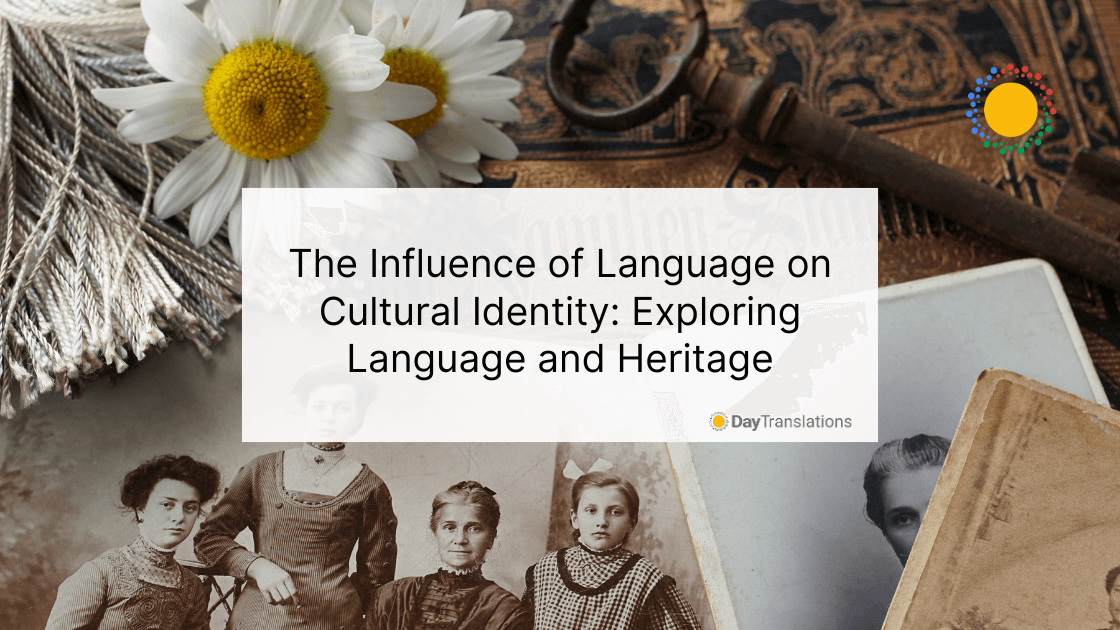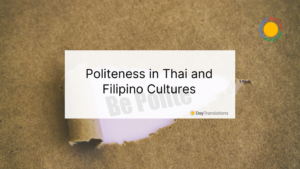In the vast tapestry of human diversity, language stands out as a vibrant thread weaving through the fabric of cultural identity. Our language not only shapes how we communicate but also profoundly defines who we are and where we come from. In this article, we will explore the intricate relationship between language and heritage, delving into how languages preserve and transmit cultural identity across generations.
The Language of Identity
Language is not just a means of communication; it is a powerful tool that reflects our history, values, and beliefs. When we speak a language, we are not merely uttering words but expressing a unique worldview shaped by centuries of tradition and experience. For example, the rich tapestry of Spanish reflects the cultural mosaic of Latin America, with its diverse influences from indigenous languages, European colonization, and African heritage.
Preserving Cultural Heritage
One of the most compelling aspects of language is its ability to preserve cultural heritage. Through language, stories, myths, and traditions are passed down from one generation to the next, ensuring that the legacy of our ancestors remains alive. Take, for instance, the Maori language of New Zealand, which serves as a vessel for the rich cultural heritage of the indigenous Maori people, encapsulating their history, values, and connection to the land.
Language and Identity Formation
Our language reflects our cultural identity and plays a crucial role in its formation. From childhood, we learn the language of our parents and community, immersing ourselves in the nuances and expressions that define our cultural belonging. For bilingual individuals, the dynamic interplay between languages adds layers of complexity to their sense of self, as they navigate between different cultural frameworks and linguistic landscapes.
Linguistic Diversity as Cultural Wealth
The world is home to a breathtaking array of languages, each representing a unique treasure trove of cultural wealth. From Mandarin Chinese’s tonal melodies to Swahili’s rhythmic cadence, every language embodies a distinct worldview and heritage. Embracing linguistic diversity enriches our understanding of the world and fosters empathy, respect, and appreciation for different cultures and perspectives.
Language Revitalization and Cultural Resilience
In the face of globalization and cultural homogenization, many indigenous languages and dialects are at risk of extinction. However, efforts to revitalize endangered languages are gaining momentum, driven by a deep-seated desire to preserve cultural heritage and foster cultural resilience. Organizations and communities worldwide work tirelessly to reclaim, revive, and celebrate their linguistic heritage, recognizing the intrinsic link between language and cultural identity.
Final Thoughts on the Link Between Language and Cultural Identity
The influence of language on cultural identity is profound and multifaceted. Language shapes our perceptions, connections, and sense of belonging in the world. As we continue to explore the dynamic interplay between language and heritage, let us celebrate the richness of linguistic diversity and the enduring legacy of cultural identity woven into the very fabric of human existence.
In this article, we have journeyed through the intricate tapestry of language and heritage, uncovering the profound influence of language on cultural identity. From preserving cultural heritage to shaping identity formation, language is a vibrant expression of who we are and where we come from. As we navigate the diverse linguistic landscapes of our world, let us cherish and protect the invaluable legacy of language and heritage for generations to come.












Sorry, the comment form is closed at this time.